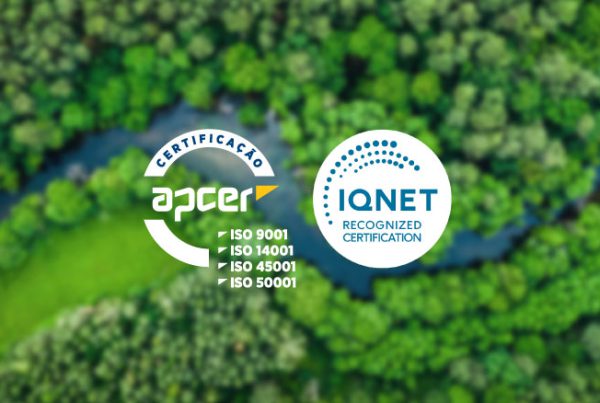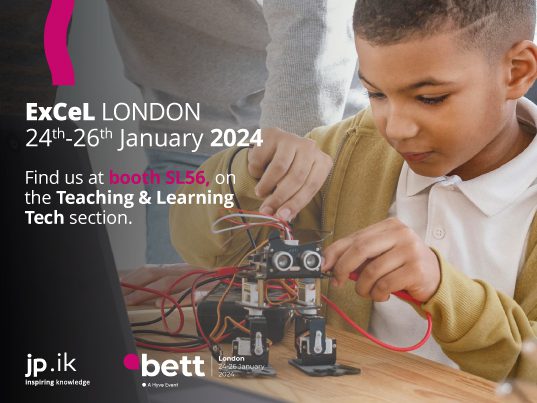jp.ik is leading the way for a gigantic digital revolution in Education, empowering Teachers and engaging Students.
The Education 2030 Agenda goals rest on three central keystones: equity and inclusion, effective learning, and lifelong learning. Investing in a Quality Education virtually prompts the development of all the other Sustainable Development Goals – from eradicate poverty to promote good health and well-being, gender equality, decent work and economic growth.
THE KENYAN REMARKABLE EXAMPLE
The lack or scarcity of ICT-skilled teachers, digital devices and Internet connection are some of the critical features of a country very eager to transform its educational system into a powerful tool for economic growth, social development and environment preservation. Recognizing the catalyst role of education, the Kenyan Government kicked off, in 2013, the Digital Literacy Programme, designed on a multi stakeholder approach committed to the integration of ICT in the public primary schools of Kenya.
Our Inspiring Knowledge Ecosystem is a multidisciplinary and integrated approach to foster Education transformation, empowering learners and educators, by integrating educational technologies. The alliance between Technology, Engineering and Pedagogy is combined to respond to the specific educational needs of each project. This approach has been effectively integrated in Kenya Digital Literacy Programme, where an initial assessment of the real Education needs has been done and considered as the basis for a customised project design. Regarding the Technology pillar, the aim was to set up digital classrooms in the primary schools, including devices for students and teachers, a projector, the Classroom Management Software and the locally developed KICD content. 695 thousand devices have been delivered to teachers and students across the country. In the field of Engineering, the plan was to install an assembly plant at Moi University Campus to accommodate a post-sale service and a call center, technically supporting the Digital Literacy Programme in the long term. In terms of Pedagogy, it was crucial to empower the teachers for an effective and meaningful integration of the new available technological resources in the learning environment, fostering an Education transformation. Intentionally enrol teachers in this type of projects is a “must-haveâ€, and must be done as early as possible in the project design and rollout. It is essential that they envision the scope of the project and fully understand how it can benefit their students. In Kenya, more than 30 000 teachers were trained, so they could be able to efficiently interact with the technologies specially designed for education.

HOW IT HAS BEEN WORKING SO FAR?
There is a general positive evaluation of the technological solution especially designed for this project, meaning the usability of the devices and the integration and functionality of the classroom solution. The observations and interviews that have been done in the field show that technology is clearly being embedded in schools, in a daily basis, to engage students in more interactive and meaningful learning experiences. The integration of technology in the classroom allows teachers to promote individual and collaborative learning activities, and students’ interactions with the devices and the other colleagues. One rewarding evidence is to watch pupils collaborating with each other more and more effectively even when doing individual assignments. Another impressive evidence is the closer interaction between teachers and students. Teachers point out that the relationship between them and their students is being affected in a very positive way, as they more frequently leave the front of the classroom to move around, getting closer to the students to support them in the learning activities. Even the families are closer to schools, inquiring about the project and the implemented activities, blessing and intending their children have the opportunity to get part of it. The emergence of local communities of practices among teachers dedicated to share and spread the best pedagogical approaches for a meaningful integration of technology in the classroom is other amazing evidence of the impact of this project and an important one regarding teacher professional development. In fact, teachers refer to this project as an important challenge and opportunity for their own personal and professional development, and that is true even for those that are closer to retirement. All these points show that the impact of the project is already very evident at different levels in the education community: education infrastructures have been improved, professional development and social empowerment opportunities enhanced, and students and families’ engagement with Education increased.
WHAT CAN A COUNTRY ACHIEVE BY INVESTING IN EDUCATION?
Considering investing in a transformational project for Education, such as the Digital Literacy Programme in Kenya, means thinking about financial issues, aligning the stakeholders’ team with the expertise and boldness needed to design and implement a project like this without margin of error. So, the million-dollar question is “why doing it?â€. Ensuring the access to an inclusive and quality Education can change the course of the World, as we know it. Technology is an undeniable equalizer! Giving equitable quality access to technology translates into fostering equal opportunities, neutralizing gender and social background gaps, and reducing barriers related to religious faiths or political believes. Promoting and implementing an inclusive Education is the route to achieve a global sustainable development. Looking to the Kenyan Project through the lens of the 2030 Agenda, the impact in the local communities and, consequently, the global impact is overwhelming positive and full of hope. Guaranteeing an inclusive and quality Education has a noticeable impact at three intertwined levels: family, community and global. Investing in Education means giving the opportunity of getting better jobs and better salaries. Investing in Education translates into having a better life for the families, such as, being able to have a better house, eat healthier food, ensure better Education for the children and have access to better medical assistance.
This way, ensuring a Quality Education – directly fosters the achievement of other critical SDGs such as ending poverty (SDG 1), ending hunger (SDG 2), promoting good health and well-being (SDG 3), prompting decent work and economic growth (SGD 8). At a community level, ensuring the access to Quality Education gender equality (SDG 5), clean water and sanitation (SDG 6), affordable and clean energy (SDG 7), decent work and economic growth (SDG 8), industry, innovation and infrastructure (SDG 9), reduced inequalities (SDG 10), sustainable cities and communities (SDG 11), and peace, justice and strong institutions (SDG 16). Thinking from a more global perspective, investing in Education can help transform our planet into a more sustainable ecosystem. Globally speaking, a Quality Education (SDG 4) will have an effective impact on promoting responsible consumption and production (SDG 12), climate action (SDG 13), life on the water (SDG 14), life on land (SDG 15), peace, justice and strong institutions (SDG 16) and partnerships for the goals (SDG 17)
In the classroom, we shape the leaders of tomorrow to deal with the 21st century challenges! In the classroom, we are transforming the future of the world.



